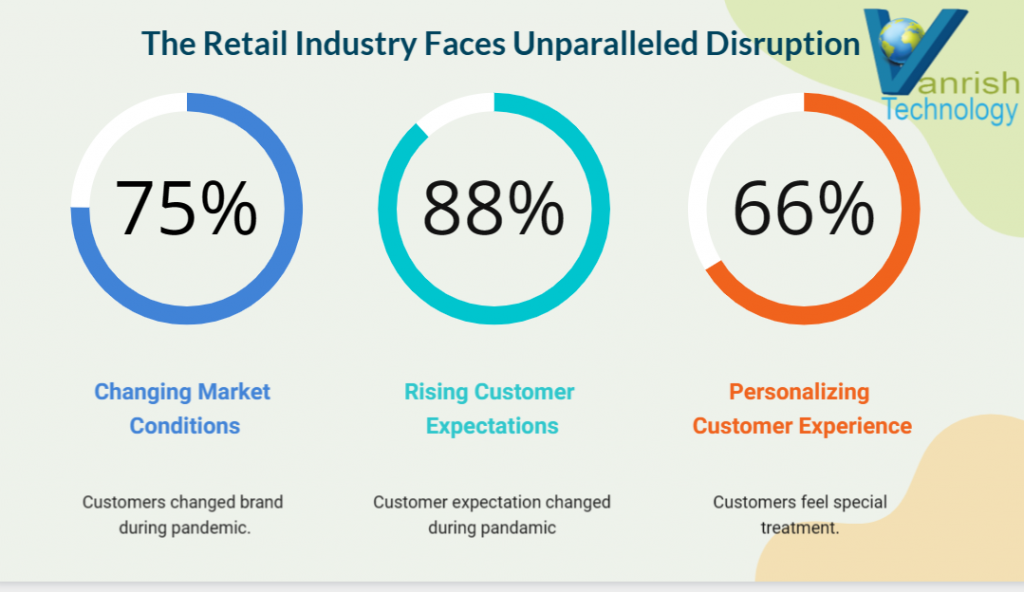The cybersecurity threat landscape has changed dramatically in the last couple of years. Every day new kinds of threats are coming and impacting the organization’s business. Infosec/Security teams have always had challenges with this new threat to find the root cause and mitigate these risks.
To mitigate and overcome these constant/real-time threats and risks, the security fraternity introduces Zero Trust Architecture (ZTA) Or Zero Trust Strategy (ZTS). ZTA is not a product or application, but it is a concept and practice to mitigate any risk for your organization.
What is ZTA/ZTS?
Zero Trust is an information security model that denies access to applications and data by default. Threat prevention is achieved by continuously validating for security configuration and posture before being granted or keeping access to applications and data across users and their associated devices. All entities are untrusted by default; least privilege access is enforced; and comprehensive security monitoring is implemented.
Here are the basic properties for ZTA/ZTS
- Default deny
- Access by policy only
- For data, workloads, users, devices
- Least privilege access
- Security monitoring
- Risk-based verification
How API implement ZTA/ZTS?
API Security focuses on strategies and solutions to understand and mitigate the unique vulnerabilities and security risks of Application Programming Interfaces (APIs). In API security we establish certain rules and processes to mitigate security risks. These rules and processes are around Zero trust architecture or strategy. Here are a few basic strategies in API security to implement ZTA.
- All API communications are secured regardless of network location – This risk can be mitigated by ensuring all communication happens over an encrypted communication channel (TLS) and implementing a proper Cross-Origin Resource Sharing (CORS) policy. The endpoint for API needs to be exposed through the HTTPS protocol.
- All API endpoints are authenticated regardless of their environments (Prod, QA, Dev) — By default, all APIs need to be authenticated and authorized using username/password, JSON Web Token (JWT), OAuth, OpenID Connect, or third-party services.
- All API resources are protected and restricted to all users by default — Running multiple versions of an API requires additional management resources from the API provider and expands the attack surface. As per ZTA, make sure all API versions and their resources are restricted if it is not used by the user. Always validate and properly sanitize data received from integrated APIs before using it.
- Access to API resources is determined by dynamic policy including the client identity, application/service, and the requesting asset – Any API requires resources such as network bandwidth, CPU, memory, and storage. It is easy to exploit these resources by simple API calls or multiple concurrent requests. According to Zero Trust Architect, all APIs must implement API policies like:
- Client identity (ClientID/Client-Secret)
- Execution timeouts (Rate limiting)
- Maximum allowable memory
- Maximum number of file descriptors
- Maximum number of processes
- Maximum upload file size
- Implement or configure API monitoring posture and API Alert system — API monitoring helps identify and resolve performance issues as well as security vulnerability issues before they negatively impact users, which can impact user experience. The alert system notifies the operation team to mitigate risk quickly.
- Continuous API security risk assessments – Continuous risk assessments help the Infosec/Security team identify any security risk gap. By conducting the security risk assessments, organizations establish a baseline of cybersecurity measurements, and such baselines could be referenced to or compared against future results to improve overall cyber posture and resiliency further and demonstrate progress. A Free Security assessments tool VAT is available to mitigate any security risk for your organization.
https://www.vanrish.com/secassessment/
Organizations that have adopted the Zero Trust API model, see trust as fundamental to creating a positive, low-friction work culture for their clients and empowering the organization at all levels. Many of our Vanrish Technology clients, we worked with have many of the technologies in place that can be leveraged toward full Zero Trust architect model adoption.
Rajnish Kumar is CTO of Vanrish Technology with Over 25 years experience in different industries and technology. He is very passionate about innovation and latest technology like APIs, IOT (Internet Of Things), Artificial Intelligence (AI) ecosystem and Cybersecurity. He present his idea in different platforms and help customer to their digital transformation journey.



